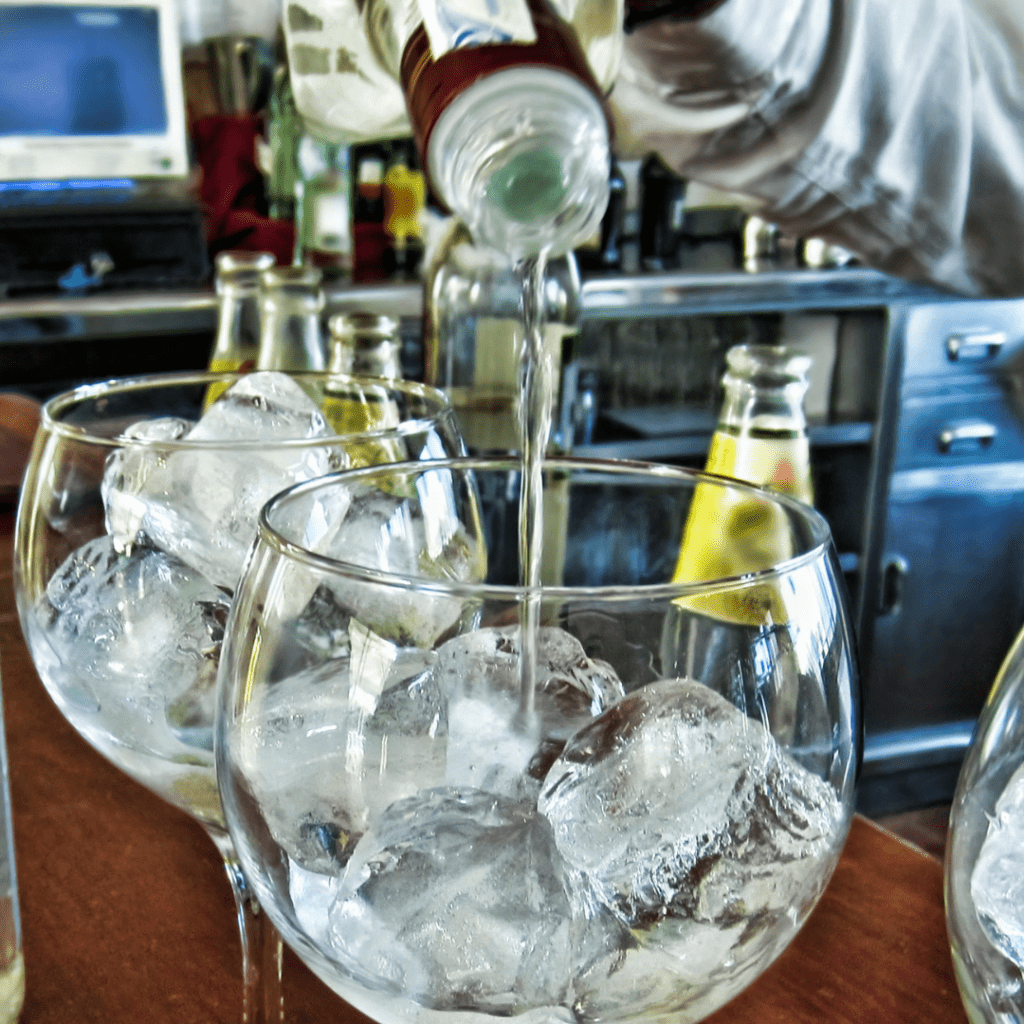Valençay
Introduction to Valençay Cheese Valençay cheese, a distinctive French goat cheese, hails from the province of Berry, now part of the Centre-Val
The Gin and Tonic is an old English classic: just gin and tonic often with lemon slice. This variant replaces the lemon with grapefruit and gives the cocktail a twist by adding a splash of elderflower syrup.

| Body | Heavy bodied: notable alcohol, bitter, sharp acidity and moderate sweetness. |
| Infusions | Fruits: juniper, wild berries, citrus Herbs: (mild) coriander, angelica root, cassia bark, thyme Floral: (mild) chamomile, elderflower, and meadowsweet Spice: (mild) cinnamon, nutmeg |
| Mixer Flavors | Acidic and bitter grapefruit Sweet and floral elderflower |
| Temperature | Serve with ice |
Beyond the juniper, gin botanicals are notoriously hard to isolate on the palate. The overall effect of well-made gin is a sense of a rich, organic, earthy or herbal flavor, coupled with cleanliness and clarity. Lower quality gins come across as thin or shallow in flavor, and sometimes metallic.

What glass should you use? Usually a straight slim-jim, but a tumbler looks better for people with bigger hands.
Tonic is bitter because of quinine. Quinine (initially derived from the bark of the cinchona tree in South America) is a natural anti-malarial, prescribed to officers and settlers in the British empire. They mixed it with sugar and water to make it less unpalatable, hence “tonic” water.
Gin is older, rooted in medieval Europe. The Dutch imported a drink to the UK called jenever (which the Brits shortened to “jin” or gin), alcohol flavored with juniper (Dutch: jeneverbes). It was part drink, part preserved botanical, part herbal medicine. The English took it to heart (and liver) and gin was born. Today it is essentially a vodka flavored with predominantly juniper. Every gin maker has their own blend, choosing other botanicals to give their USP.
Combining gin and tonic, the British made a sin from a virtue, or a virtue from a sin, depending on your point of view, as they juiced up their medicine with 40% alcohol. A little extra citrus made it even more delicious.
The G&T is now a global staple in every bar in the world.
The Botanist Gin as an example uses of 22 botanicals from the Island of Islay.

Most artisan gins affect to a list similar to this, often sourcing their ingredients locally. However as the average drinker does not drink neat gin, mixing with tonics or in cocktails, most of these very subtle notes are very hard if not impossible to distinguish.
Well made juniper-led gin tends to leave an overall impression, or hum, of a rich complex herbaceousness, light fruit notes and muted spice.
Tonic is sweet carbonated water with added quinine. Today there is recognition that a mixer needs to have a level of quality as good as the gin as poor tonic will overwhelm good gin. We now often see tonics infused with their own botanicals and variations in sweetness, quinine and bubbliness.
Personally, I like very good plain tonic, and look for my complex flavors from the gin.
Either way, don’t take tonic for granted if you’ve shelled out big $s for your gin.
Introduction to Valençay Cheese Valençay cheese, a distinctive French goat cheese, hails from the province of Berry, now part of the Centre-Val
History of Soft Young Pecorino Origins and Development Pecorino is a term used to describe Italian cheeses made from sheep’s milk (the
History of Menetou-Salon Sauvignon Blanc Wine Menetou-Salon is a lesser-known but highly respected appellation located in the Centre-Val de Loire region of